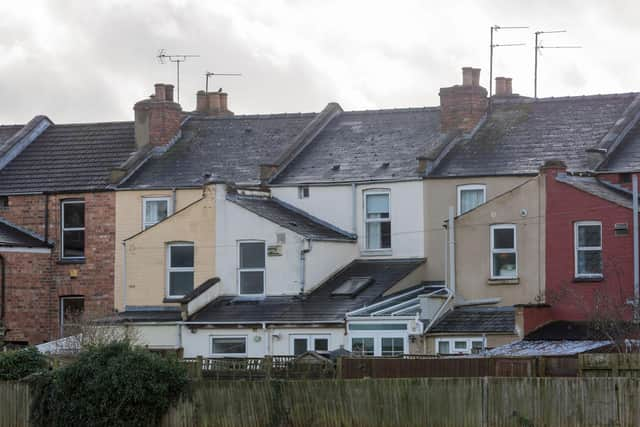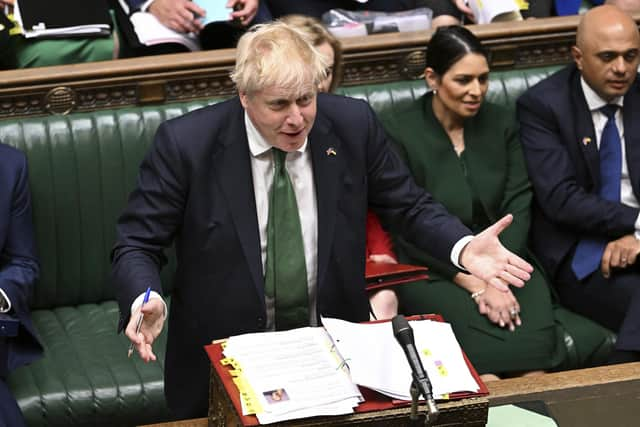What is the Right to Buy scheme and how did Right to Buy work in Scotland?
Boris Johnson will set out visions for lower-paid workers to be able to use housing benefits to buy their homes and an extension of the right to buy for housing association tenants.
The Prime Minister is expected to confirm his intentions in a major speech on Thursday as he seeks to repair his fortunes after a bruising Tory revolt against his leadership. He will hope the pledges to assist individuals onto the property ladder will please rebel MPs and voters who are facing fresh pressures from the cost-of-living crisis.
Advertisement
Hide AdAdvertisement
Hide AdSpeaking in Lancashire, Mr Johnson will commit to detail "reforms to help people cut costs in every area of household expenditure" over the coming weeks. He will argue that £30 billion in housing benefit that currently goes towards rent could help people secure and pay for mortgages, according to the Times, which first reported the plan.
However, the newspaper said his separate desire to give millions of tenants the ability to pay for housing association properties at discounts of up to 70% is likely to be limited to a series of pilots for now, without additional Government funding.
The plan could, however, differ from Margaret Thatcher's original right to buy policy with a possible commitment to ensure every home bought under the scheme would be replaced to ensure the stock is not run down.
Shadow minister Jess Phillips was among those questioning how the housing benefits policy will work because individuals with more than £16,000 in savings and investments do not qualify for Universal Credit. "It's almost as if Boris Johnson doesn't do much benefits casework," the Labour MP quipped.
But what actually is the Right to Buy scheme – and how is it different in Scotland?


What is the Right to Buy scheme?
The Right to Buy Scheme was a policy across the UK where secure tenants of councils and some housing associations had the legal right to buy the council house they are living in, at a large discount. While local authorities have been able to sell property to their tenants since the Housing Act of 1936, the practice was not widely pushed until the Thatcher administration in the 1970s.
By 1997, over 1,700,000 dwellings in the UK had been sold under the scheme since its formal introduction in 1980. However, in 2005, the rules were changed, meaning that five years of tenancy to qualify for the policy and properties purchased after January 2005 could no longer immediately be placed on the open market should the owner decide to sell.


From April 2nd, 2012, Conservative Prime Minister David Cameron also increased the Right to Buy discount to a maximum of £75,000 or 60% of the dwelling’s value, depending on which is lower.
Advertisement
Hide AdAdvertisement
Hide AdBoth Scotland and Wales eventually ended participation in the scheme, with Scotland abolishing it in July of 2016 and Wales in the summer of 2017.
How did Right to Buy work in Scotland?
Right to Buy was abolished in Scotland after a total of 494,580 council and housing association homes were sold between the years 1979-80 and 2014-15. This was to protect social homes for future renters who would not be able to buy for whatever reason.
“The end of Right to Buy marks a major milestone in the Scottish Government’s efforts to build a sustainable housing policy for the future,” said then-Housing Minister Kevin Stewart at the time. “It is absolutely vital that people can access social housing when they need it most. Since Right to Buy was introduced in 1980, nearly half a million council and housing association homes have been sold to their tenants.
“By ending the Right to Buy we are protecting up to 15,500 social homes from sale over the next ten years and safeguarding this stock for future generations.”
Additional reporting by PA.
Comments
Want to join the conversation? Please or to comment on this article.

